Introduction
Yes, dogs can eat boba. However, only simple pearls or flour are safe for dogs. Foods and beverages made with such boba pearls must not be fed to dogs as they are either directly toxic or otherwise harmful to dogs.
Boba pearls are not particularly nutritious, but they are tasty and can add variety to the dog’s menu. So, before you decide whether boba pearls are worthy or not, we should discuss the health benefits and potential risks.
Why is Boba Good for Dogs?
Boba, tapioca pearls, or cassava root can be good for dogs. In fact, many dog food brands use this ingredient as a rich source of carbohydrates. Let’s take a closer look into the different reasons boba is good for dogs.
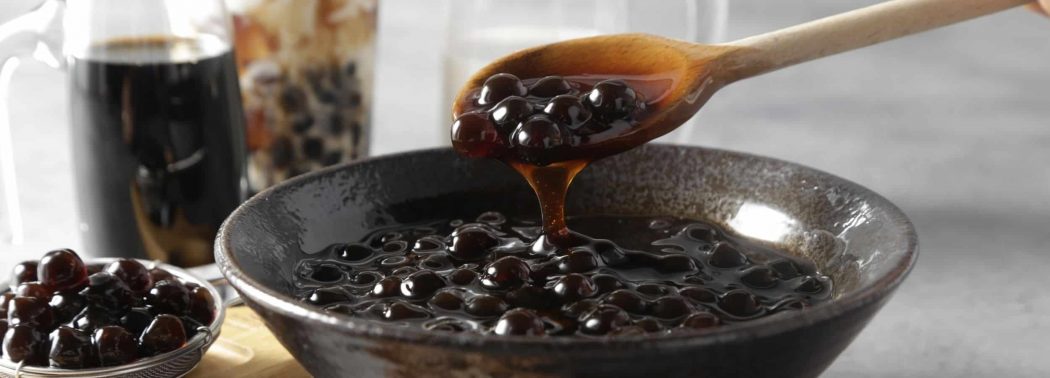
Rich in carbohydrates
Boba is particularly rich in carbohydrates. While the canine’s need for carbs is a debated topic, an extra energy boost is always welcome, especially for hyperactive and working dogs.
Grain Alternative
The powdered boba form (flour) is an excellent alternative to traditional flours. This is good news for dogs with grain sensitivities.
Unusual Taste and Texture
Boba is definitely unusual in terms of taste and texture. And as you already know, dogs get food boredom easily. Therefore, adding something new to the menu will entice their appetites.
Can Boba be Bad for Dogs?
Yes, boba can be bad for dogs. Giving your dog too much boba or too frequently can have a negative impact on your dog’s overall health. What is more, boba is often combined with ingredients that are harmful to dogs.
Let’s go through the different dangers of boba for dogs. Some of these hazards stem from the boba itself, while the others are the result of added ingredients.
Polychlorinated biphenyls (PCBs)
Studies have shown that boba contains polychlorinated biphenyls (PCBs) – chemical compounds that accumulate in the body and have adverse health effects. Prolonged and frequent exposure to PCBs is related to an increased risk of cancer.
Choking Hazard
Boba pearls are notorious for their ability to cause choking. Dogs are voracious and, if enticed with the boba, can try to gulp down on as many pearls as possible. If one pearl gets into the windpipe instead of the esophagus, it will cause choking. Choking is an emergency.
High Glycemic Index
Boba has a high glycemic index, meaning they cause blood sugar spikes after consumption. Therefore, you must never feed boba to diabetic dogs.
Rich in calories
Because of the rich carbohydrate content, boba can contribute to weight gain and obesity. Obesity is a life-threatening issue as it increases the risk of certain conditions and aggravates some pre-existing ailments.
Lactose Intolerance
Many boba-including products contain milk. Sadly, adult dogs are lactose intolerant, and drinking milk will trigger severe digestive upset.
Artificial Sweeteners
The mentioned boba products are also often enriched with artificial sweeteners. The most commonly used artificial sweetener called xylitol is highly toxic to dogs.
Methylxanthines
Boba drinks (tea and coffee) contain chemical compounds from the group of methylxanthines (caffeine, theophylline, and theobromine). Methylxanthines are toxic to dogs, and intoxications may have a fatal outcome.
How Much Boba Can my Dog Eat?
Boba lacks unique nutrients while being rich in sugars. Therefore, they need to be fed in accordance with the recommended guidelines. Namely, a medium-sized dog can eat between three and five pearls.
If you have a smaller dog, stick to fewer pearls and feel free to give one or two more pearls if your dog is on the larger end of the specter. Anyway, if this is the first time you are serving boba, use half of the portion size.
Puppies should not be offered boba. They have sensitive stomachs, and their specific nutritional requirements cannot align properly with the boba’s profile.
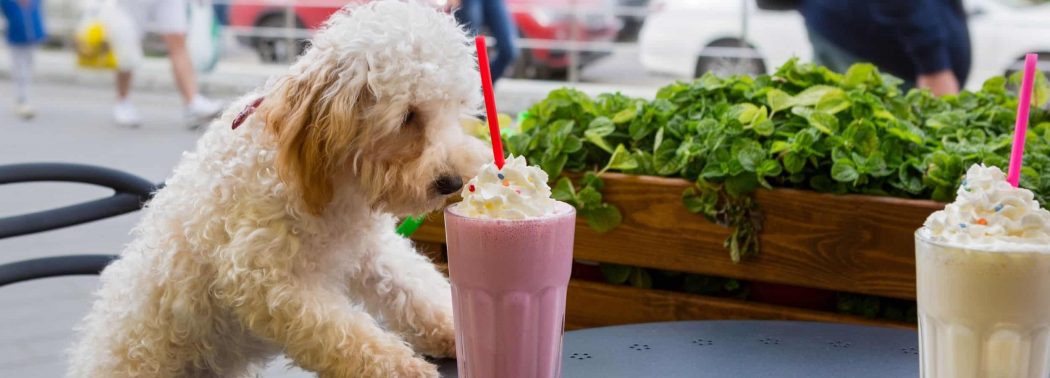
How to Prepare and Serve Boba for Your Dog?
When planning to give your dog boba, it is best to prepare them yourself. Therefore, you must start with shopping. You can find boba in the baking aisles of most grocery shops.
Then, you should prepare the boba by boiling them (they will float to the top when fully cooked). After the boba is well-cooked, you must let them cool down.
The cooked and cooled-down boba pearls should be chopped into small chunks before offering them to your dog. Then you can give them as treats or mix them with dog-friendly ingredients.
For example, you can mix the chopped boba with apple chunks and plant-based milk to prepare a homemade, healthy, and dog-friendly boba pudding.
Summary
So, if used on their own, boba can be offered to dogs occasionally and in moderation. However, boba drinks (teas, coffees) and foods (fruit puree and creams) are dangerous to dogs and must not be fed.
While giving your dog a boba pearl or two is not harmful, it is not particularly beneficial either. Plus, there are tons of other snack options for dogs that, in addition to being safer, are also healthier.
Sources
- Bubble tea ‘pearls’ found to have PCBs in Germany, Guelph Mercury, 2012
- Methylxanthine Toxicity, Ella Yarsley, 2020
- What is Xylitol? The Dangers Of Xylitol for Dogs, Mary Robins, 2019
- Plant Based Milk for Your Dog: 6 Types to Choose, Small Dog Place, 2021
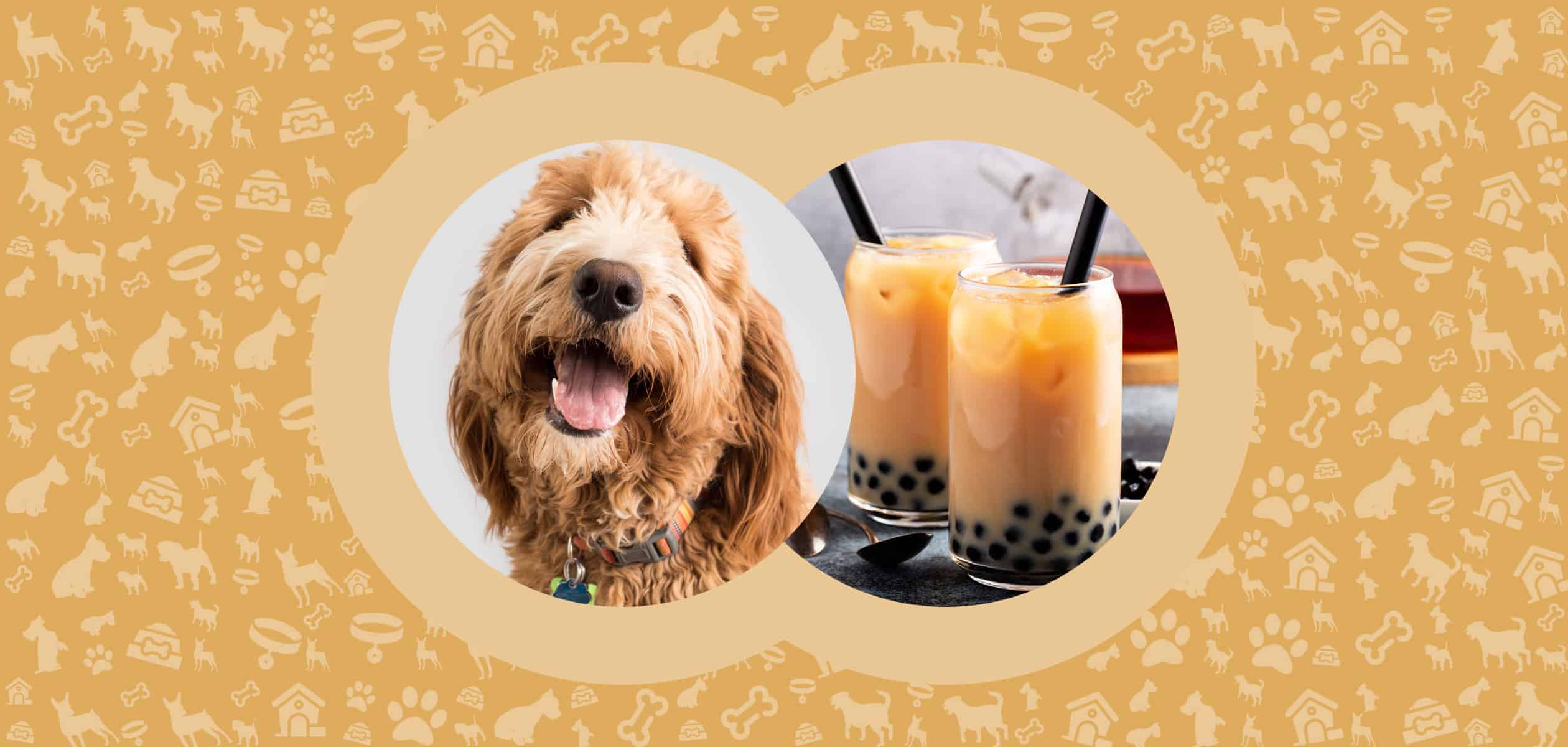
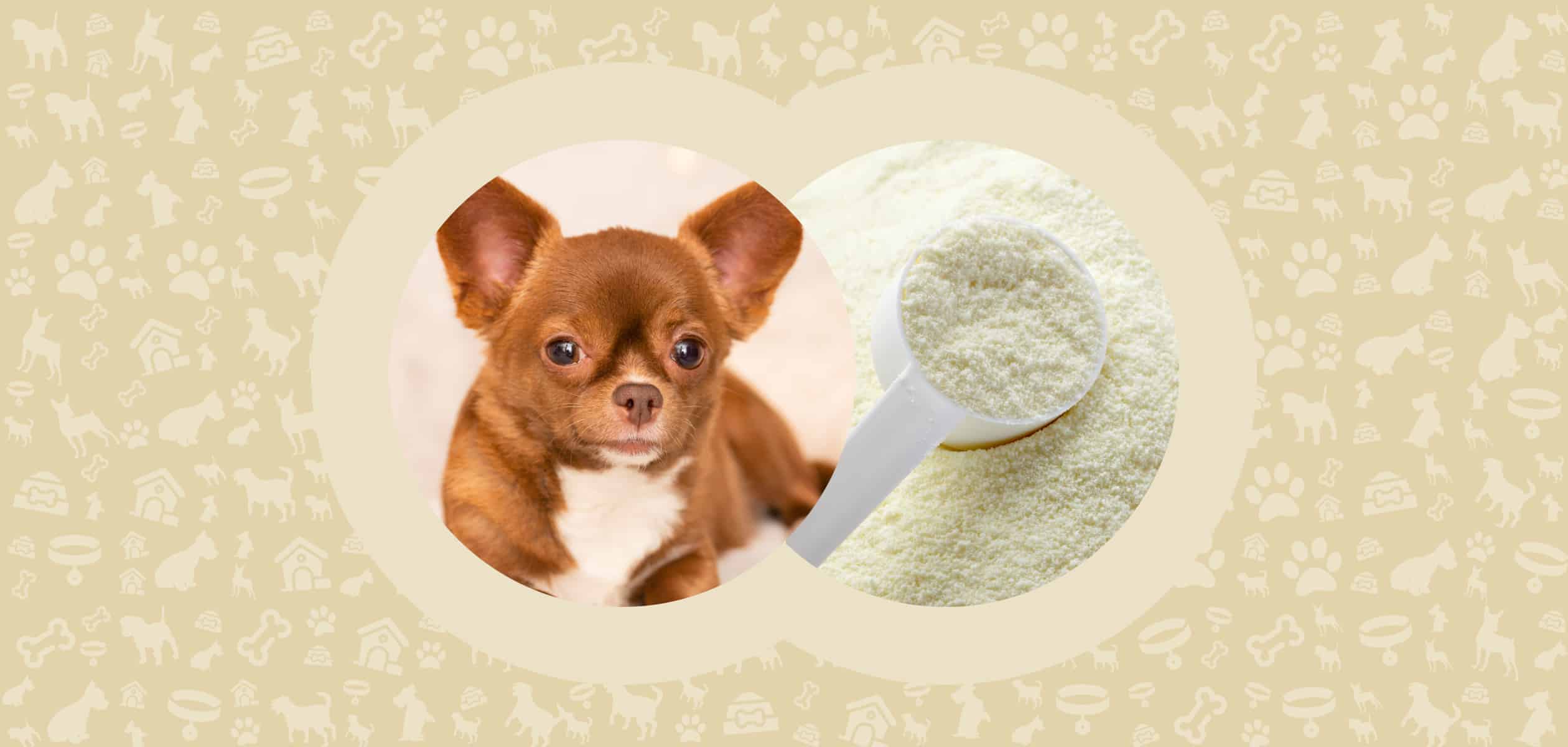
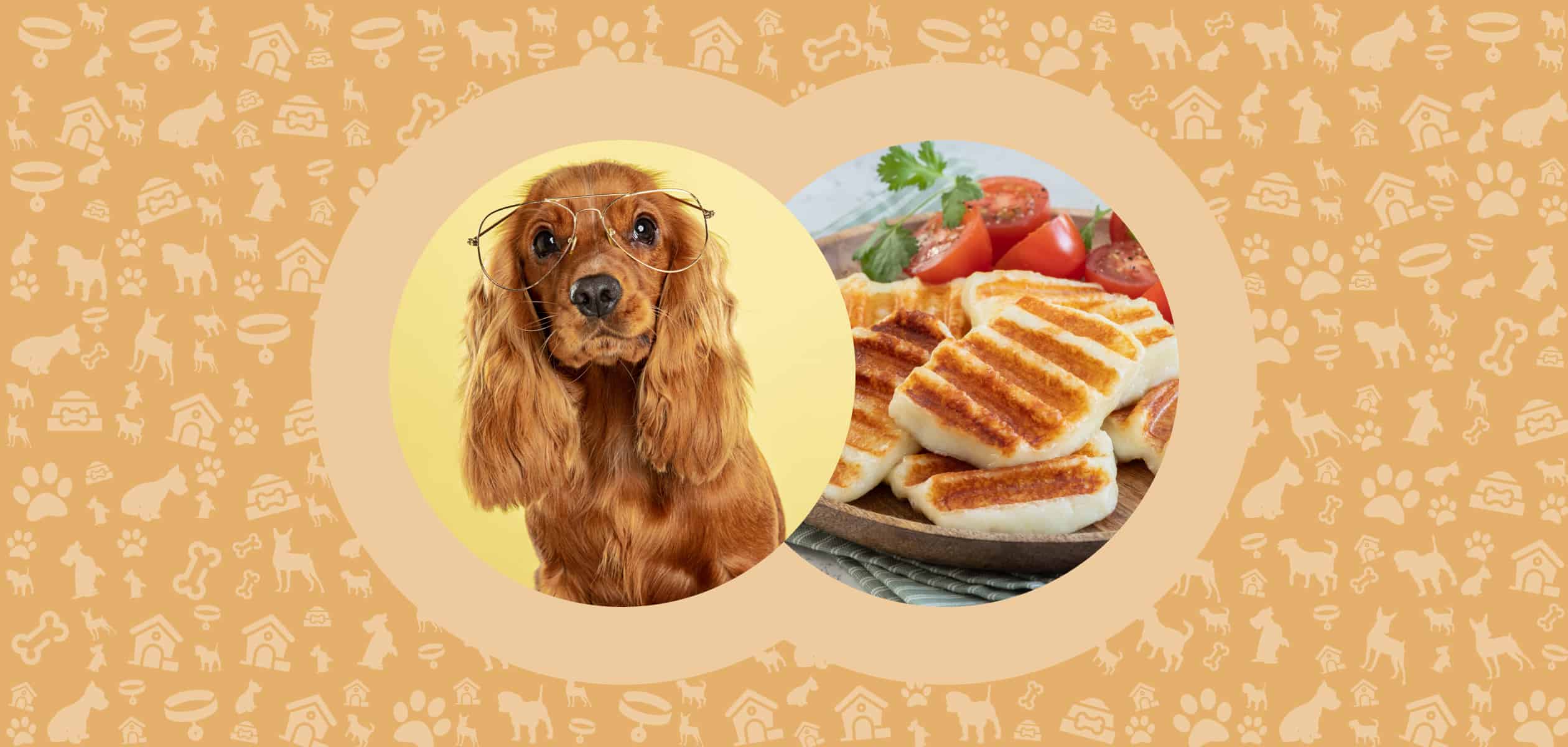
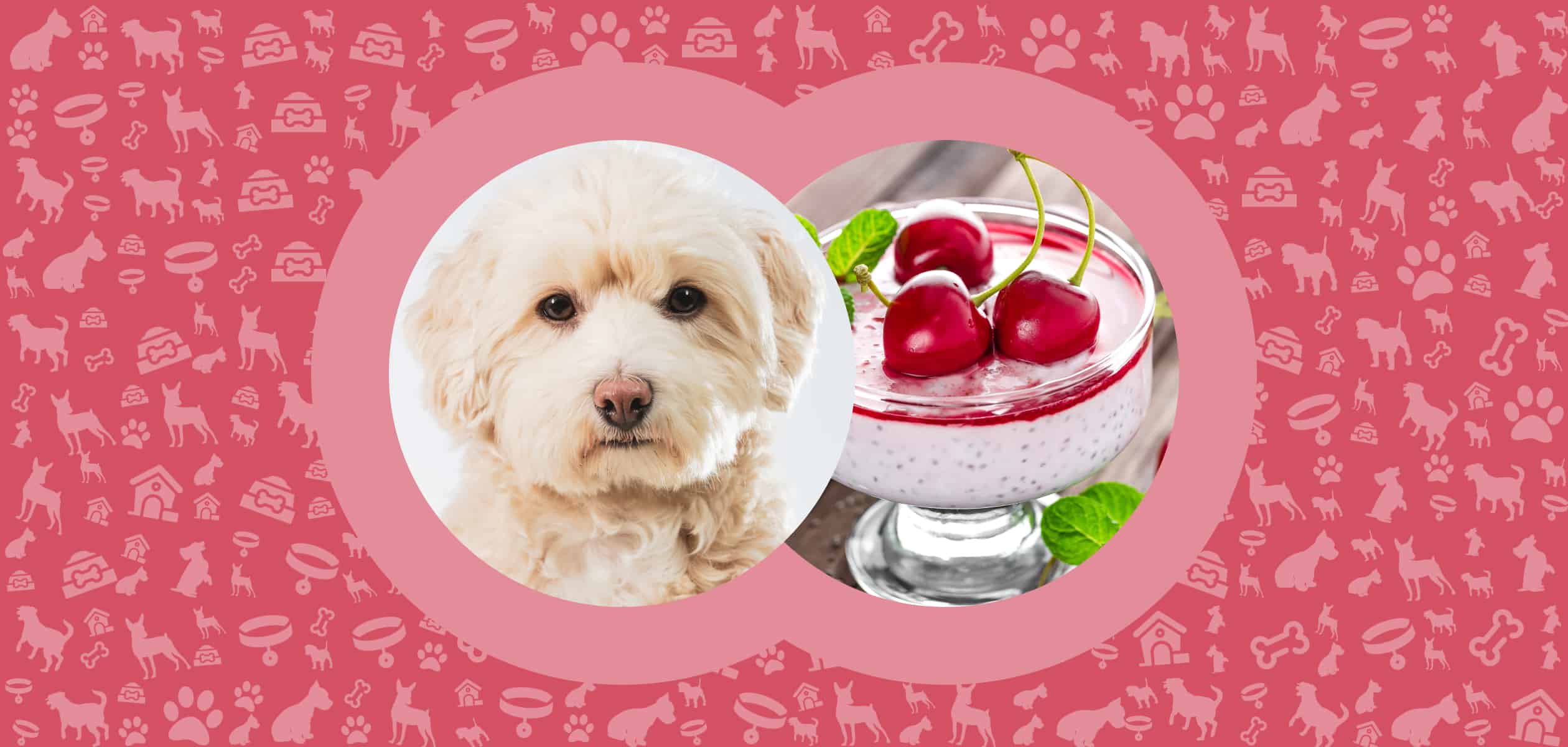
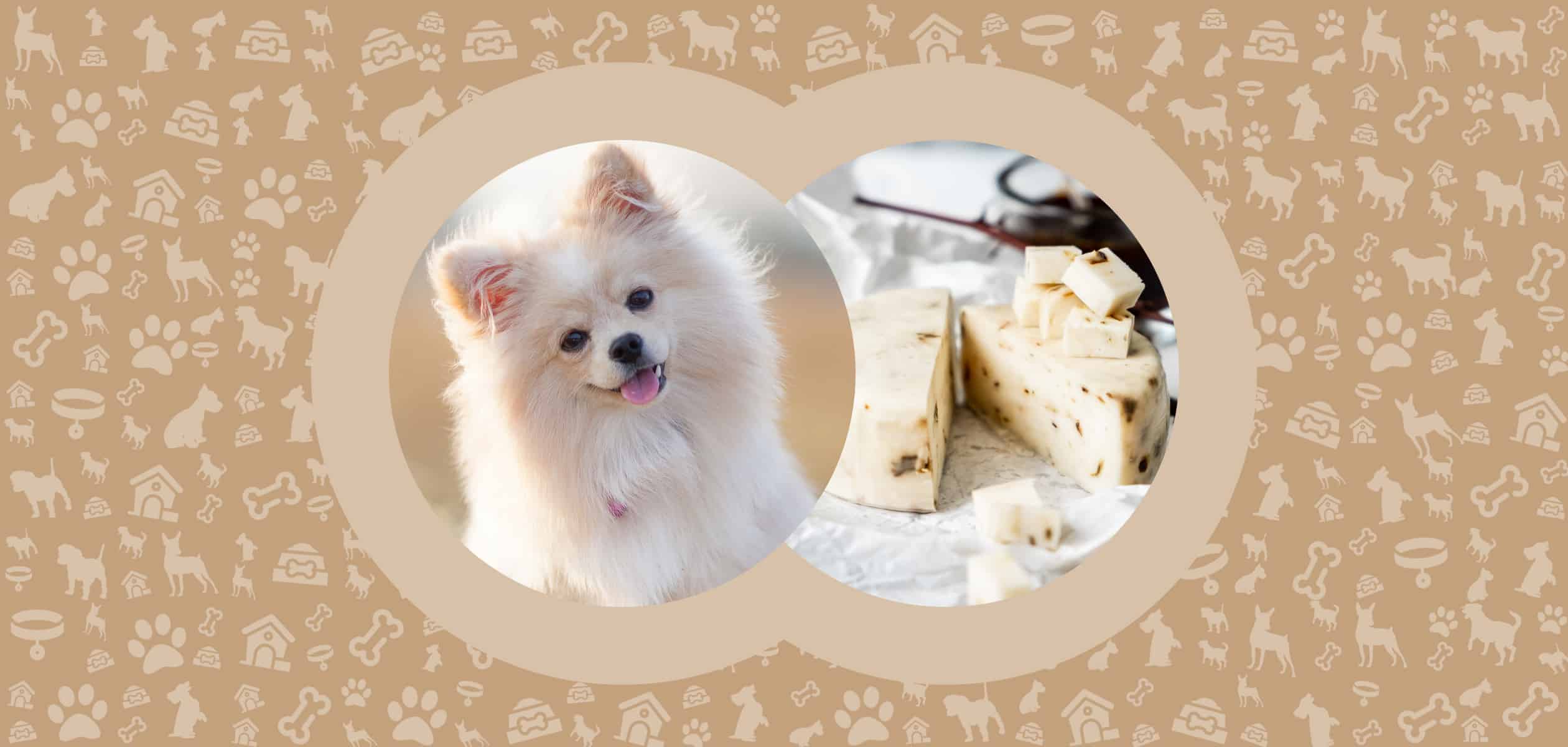
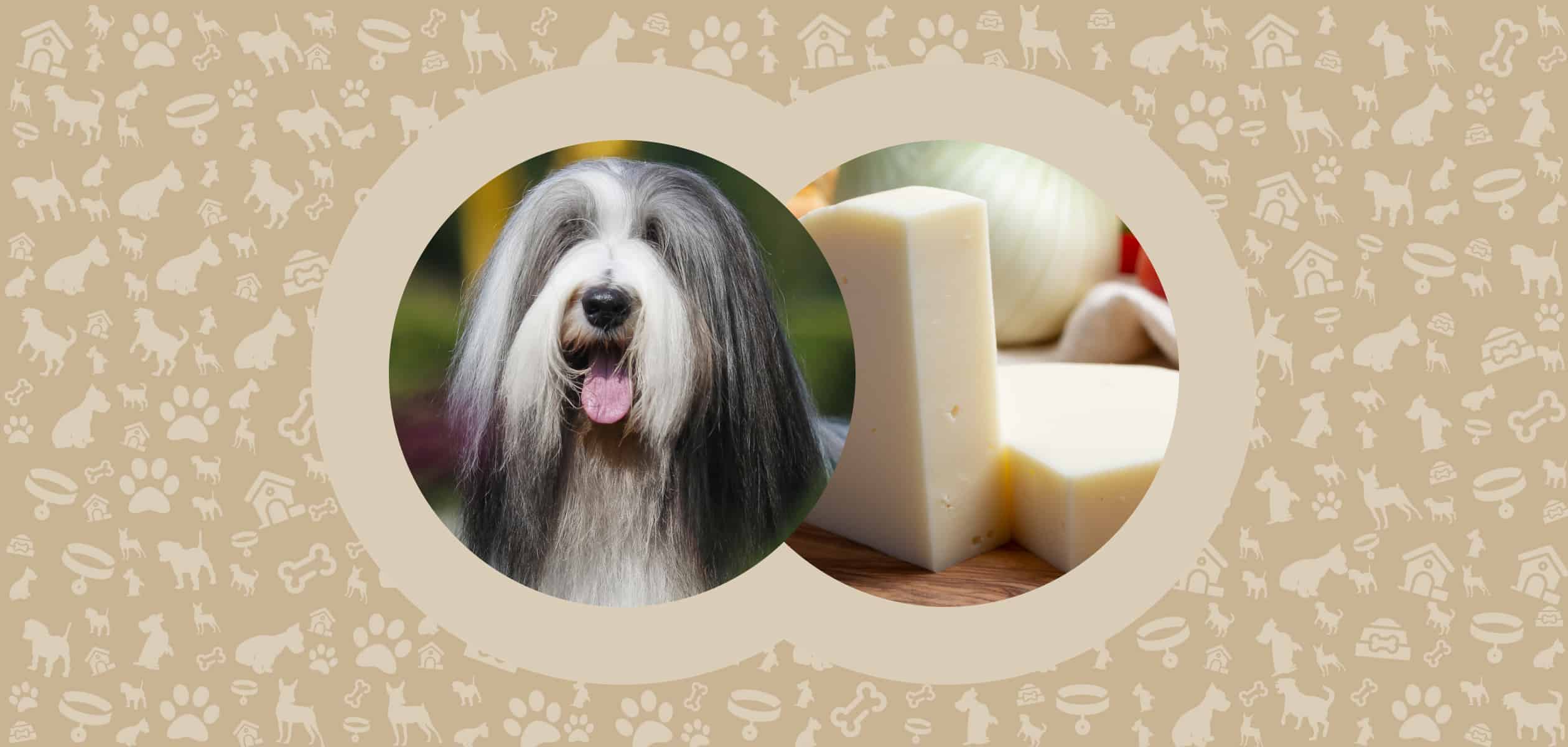
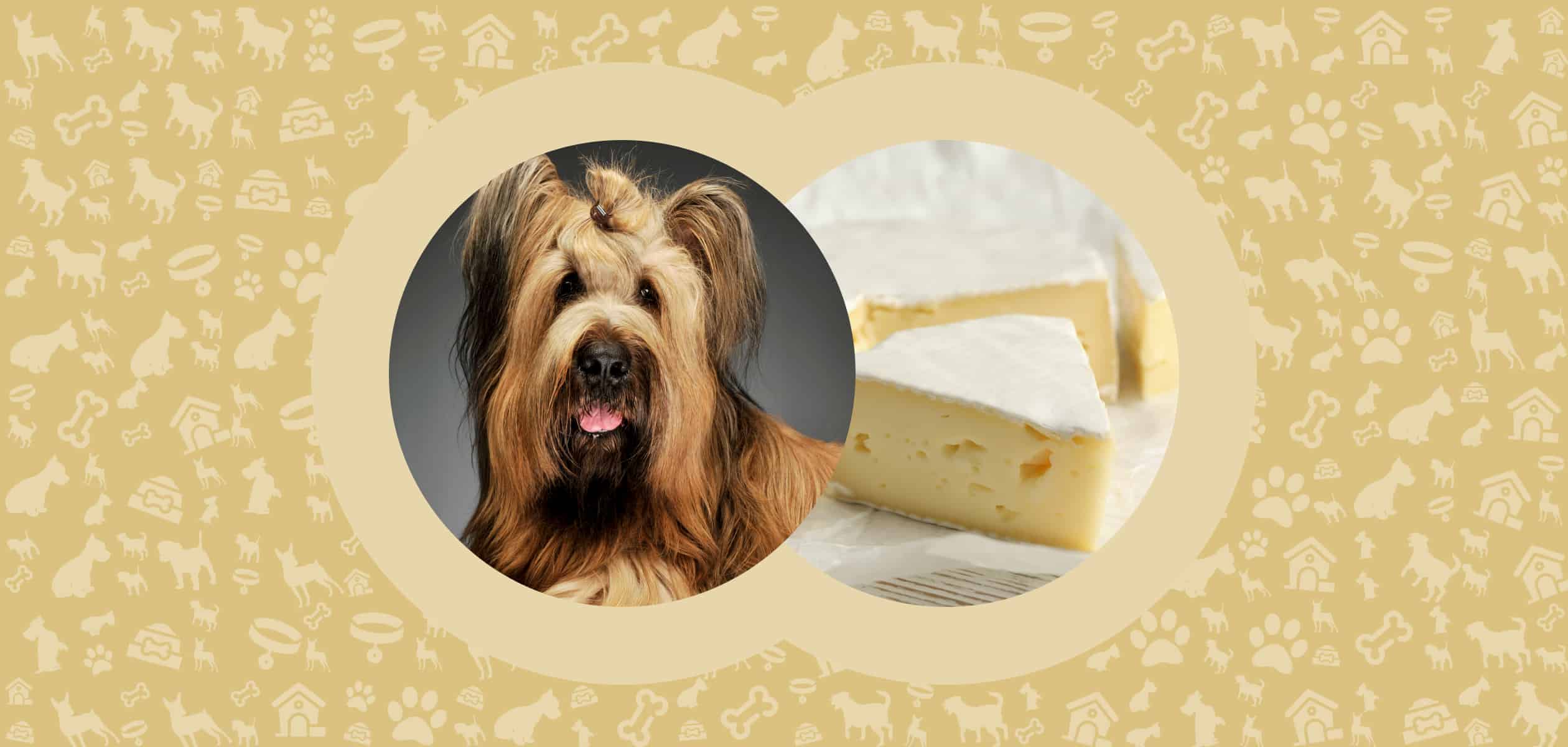
Leave a Comment